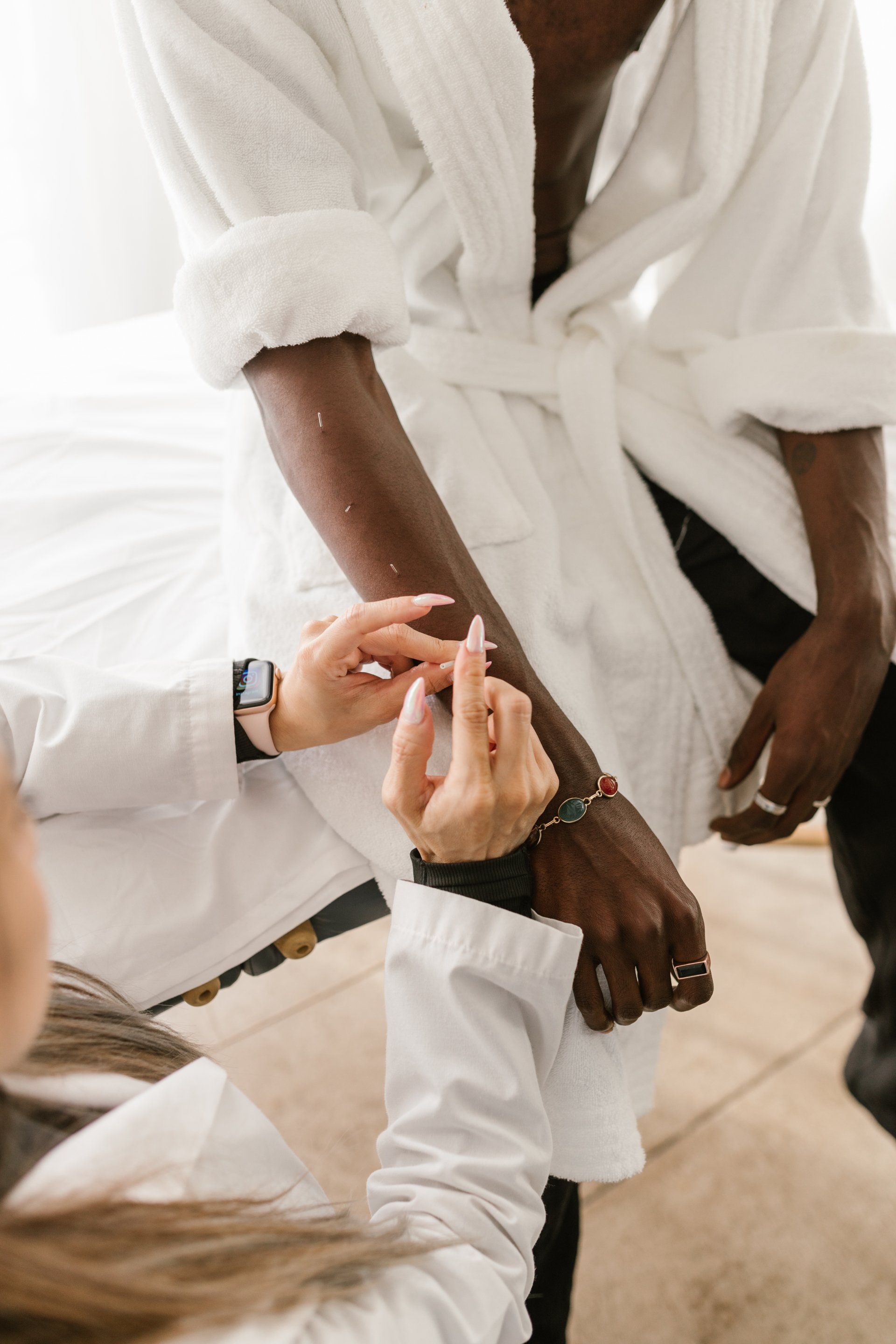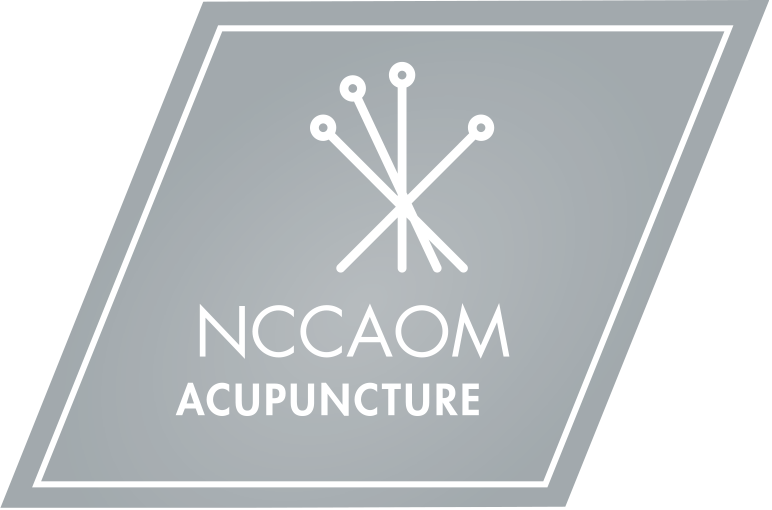Melody's Musings
The Modernization of Chinese Medicine

Chinese medicine, much like other types of medicine has gone through an extensive modernization process throughout the centuries. When the Chinese first encountered Western medicine, this influx of new information and ideas helped to shape Chinese medicine as it was practiced at that time. As Chinese medicine continues to be practiced and contributed to by the West, changes will continue to take place. This evolution was (and still is) a necessity for the survival and potential growth of Chinese medicine as a whole.
The scientization of medicine changed the way that the medicine was taught. Before the influx of Western medicine, “there were few formal institutions for teaching Chinese medicine in Imperial China. All kinds of medical specialists, from the illiterate itinerant to the local midwife and the scholar-physician, tended to acquire practical medical knowledge through teacher-pupil relationships that sometimes had the character of formal apprenticeships” (Andrews, 2015).
In the case of the literate physicians, they mostly consisted of the Aristocracy who had failed to place well enough in the civil service exams to be employed in government (as was discussed by Dr. Phil Garrison in class). “For a literate Chinese physician, medical authority rested ultimately on the correct interpretation of the ancient canonical works.” (Andrews, 2015). “Most medical authors presented themselves as relying on at least one of the canonical works in significant ways. The considerable variation both within and between canonical texts allowed for a variety of approaches to etiology and therapy, and also for significant innovations” (Andrews, 2015).
The exception to the rule of dichotomy between the literate and illiterate was the Imperial Medical Academy in the Forbidden City. “At the beginning of the Qing dynasty in 1644, eleven medical specialties were taught there: major disorders, minor disorders, cold-damage disorders, women’s medicine, ulcers, acupuncture, ophthalmology, dentistry, throat medicine, bone-setting, and pox treatment” (Andrews, 2015).
“Starting in the late nineteenth century, new, privately run schools for teaching Chinese medicine alongside pre-clinical Western sciences such as anatomy and physiology began to emerge. By the first years of the twentieth century, medical societies with the aims of reforming and protecting Chinese medicine and teaching basic Western medicine were also starting to be established, as were the first medical journals in Chinese (which had the same aims)” (Andrews, 2015).
At this point in time, what we see is the effort on the part of the Chinese medicine practitioners to try to preserve the integrity of the medicine whilst also attempting to conform its practice to a more scientific approach. One school, in particular set out to strike a balance between the two schools in its constitution written in 1901:
“The constitution of [Jiangxi Modern School of Chinese Medicine] states the relationship between Chinese and Western medicine very clearly: ‘There are two kinds of medical works: Chinese-medical and Western-medical. Where the art has been lost in Chinese medicine, use Western learning to restore it; where Chinese learning is incomplete, use Western learning to supplement it. The task is to apply Western learning in the service of Chinese medicine, and not the other way around’” (Andrews, 2015).
This approach is simple, straightforward, and very practical. The two medicines have a lot to offer each other in terms of both patient outcomes and potential understanding of the human body and disease processes. Where Western-medical seems to be better for treatment of acute conditions, the approach of Chinese-medicine seems to work better for more chronic conditions, prophylactic care, and lifestyle recommendations.
There are things that Western medicine treats much more effectively than Chinese medicine and vice versa. Marrying the two medicines into more of an integrative practice would certainly offer the advantages of both approaches. The above quote actually shows us that this integration of Western medicine and Chinese medicine has in fact already taken place- over a hundred years ago.
Another ‘scientization,’ or integration of Chinese and Western medicine occurred in the 1950’s. “After the People’s Republic of China was established in 1949, Communist Party health policy called for an integrated new medicine whose primary concern should be serving the vast rural Chinese population. Significant efforts were made to incorporate Chinese medicine into the national health system and to resolve antagonisms that had developed between the fields of Chinese and Western medicine” (Wang, 2009 )
“From 1956 to 1965, twenty-two colleges of Chinese medicine were established nationwide. The curriculum of these colleges at first reflected the same themes as ‘bridge’ education and unification medicine had.” (Wang, 2009) There was this belief that these schools would help to not only give a scientific basis for ‘unscientific Chinese medicine’ but also would answer the question ‘Why does Acupuncture work?’ “To many modernisation advocates, science and technology are the undeniable solutions to problems presented in the development of Chinese medicine” (Wang, 2009).
Since that time, through the 1980’s and 1990’s, there have been a few resurgences of a more traditional approach to Chinese medicine being celebrated. There has also been a lot of more Western research done on Chinese medicine- worldwide. The problem with researching Chinese medicine using Western methods, however was discussed in Dr. Ergil’s class as being that Western evaluation methods don’t give us an accurate view of the efficacy or mechanism behind Chinese medicine. For example, the ‘Gold Standard’ in Western research is the double blind clinical trial.
“For example, long time CAM researchers Walach, Jonas and Lewith point out that double blind trials, initially created and used by the pharmaceutical industry to test single components of chemical drugs, are by no means suitable to test the therapeutic effectiveness of Chinese herbal formulas and other alternative therapies, due to the complex nature of whole herbs. However, under the hierarchies of scientific discourse, other rationalities, such as the ancient metaphysics and holistic views that underpin Chinese medicine, provide no ground of comparison” (Wang, 2009).
Another thought which has occurred is that it isn’t really suitable to do a study on an herb or formula using a random population. In order to truly get a gauge of whether a technique, herb or formula is effective, one must first control the conditions as much as possible. Thereby, it could be argued that the entire sample size for the trial would need to have the exact same Chinese medicine pattern and prescription. Only then could the evaluation really be indicative of the efficacy of the technique, herb or formula. Factoring in the possibilities for misdiagnosis, all patients would need to be diagnosed via the same Chinese medicine practitioner for consistency. This, however, negates the idea of a ‘double blind’ trial because then one person is overseeing the work of the trial and their bias enters into the research.
It was argued by Dr. Blizzard, professor of Science, Technology and Society at Rochester Institute of Technology that there is no way to remove bias from anything. This notion that we have of science being unbiased is more of a goal than a reality. Every single person just by proxy of their experience of life, their beliefs, their perceptions has their own individual bias which they bring with them into literally everything that they do. Thus, even scientific research can be biased. This is why the double blind control trial is supposed to be the ‘Gold Standard.’ It does what it can within reasonable confines to eliminate as much bias as possible. However, no method is perfect.
Might it not be just a little bit odd, however to try to evaluate such imperfect, messy, biased organisms via such a cold, unbiased, calculated method? Accuracy is important. However, the image that we hold as Westerners of this scientific perfection sweeps under the rug some very real truths about our own medicine: It’s been designed by humans, evaluated by humans and practiced by humans.
Once one strips away the illusions regarding what science is- the testing of hypotheses- one might find that Chinese medicine also does that. The methods are assuredly different. However, the 10 questions could just as easily be called “The 10 hypotheses.” The Chinese medicine practitioner has an idea based on the pulse and the tongue and the outward appearance of the individual as to what the diagnosis already is- but the questions are there to test the hypothesis and to better construct the next hypothesis until a satisfactory answer is reached.
Many of the arguments against the scientization of Chinese medicine center around concern for a loss of heritage and tradition. Some are concerned that by moving away from the rituals, incantations, and other more ancient elements of the medicine that perhaps things are being lost. Others argue that by taking what we as Westerners find useful about the medicine but leaving behind the cultural context means that we are appropriating Chinese medicine.
At the end of the day, however, the whole point of both Chinese and Western medicine is to help our patients. Ideally, a good practitioner would do anything in their power to get the best outcome for said patients. Whether it is Western medicine or Chinese medicine, as long as the treatment goal is reached, then we’ve been successful. For that reason, the debate over whether modernization or scientization is a bad thing seems a bit silly.
We shouldn’t try to make Chinese medicine into something it isn’t- so maintaining some tradition, especially with regards to diagnosis and treatment principles is important. However, we also should not reject the idea of integrated medicine because ultimately that is going to yield the best outcome for our patients. A balance must be established between the two- the yin and yang if you will.
References:
Andrews, B., & Schwarzkopf, D. L. (2015). The making of modern Chinese medicine, 1850-1960. Honolulu: University of Hawaii Press.
Wang, J., & Farquhar, J. (2009). 'Knowing the Why but not the How': A Dilemma in Contemporary Chinese Medicine. Asian Medicine, 5(1).


